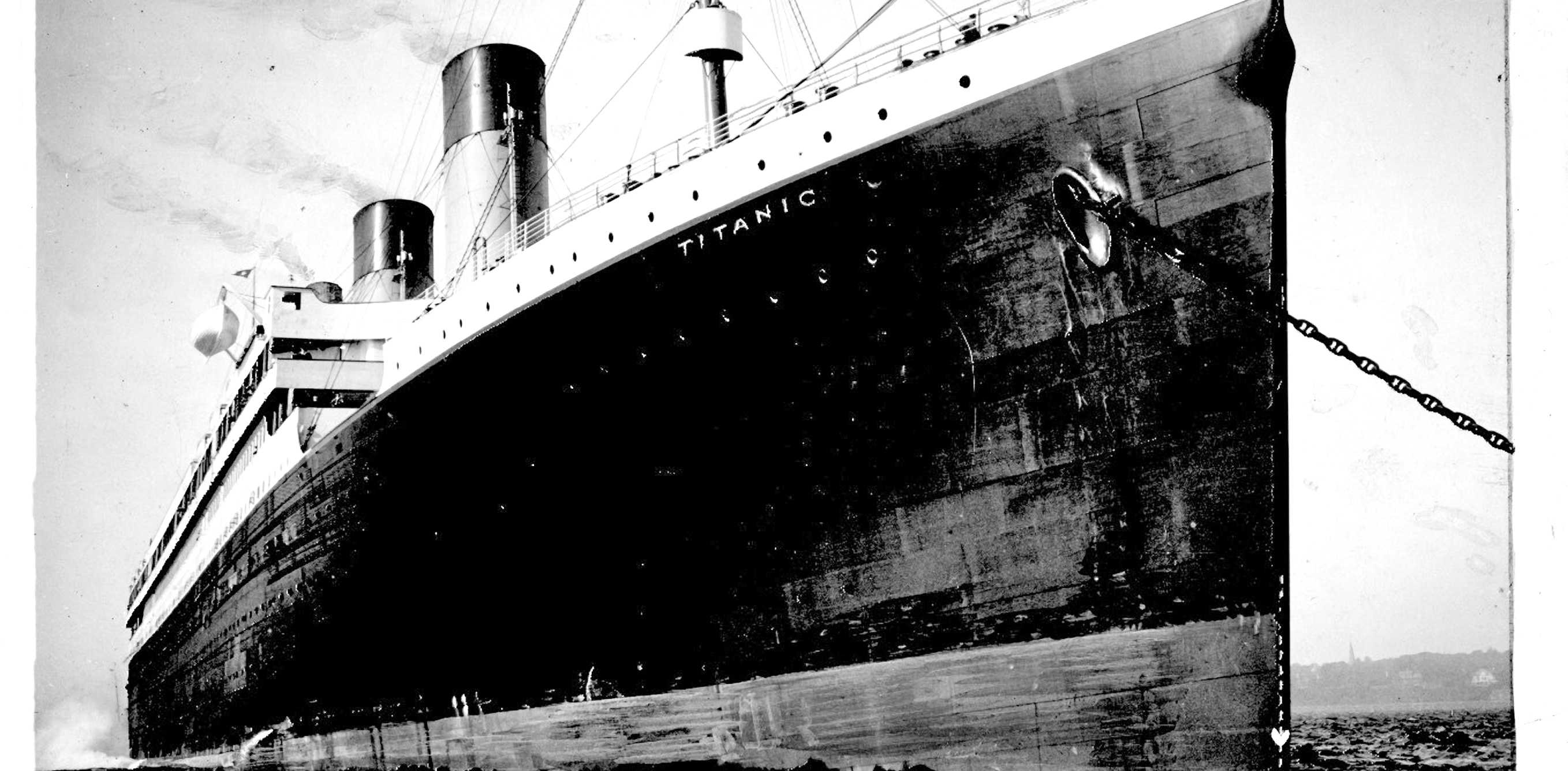A hundred years have passed since the RMS Titanic took its last radio wave on the seas.
After hitting an iceberg at 11:40 p.m. on April 14, the New York bound ship at 12:15 a.m sent out an S.O.S to its sister ship, the Olympic, and others around the area. Four hours away, a ship named the Carpathia received the S.O.S and started its journey to rescue guests from the sinking Titanic. Arriving two hours late, the Carpathia could only help the survivors that had safely reached the life rafts and have life preservers on. Of the suriviors brought on board to the Carpathia, some died of hypothermia.
The “Unsinkable Ship” sank after hitting an iceberg at 2:20 a.m. on April 15 1912. Arriving in New York on April 18 1912, the Carpathia brought the only survivors left from the wreckage. RMS Titanic only had completed one voyage: its first and only passenger voyage had lasted less than five days.
One-hundred years later, many people still hold the RMS Titanic‘s ill-fated journey close. It wasn’t until 1985, 76 years later, that anyone could go and visit the Titanic wreck site. Only 705 passengers out of 2,208 passengers survived. Life boats were dropping into the ocean with its capacity only half-full. Not many boats were able to turn around to bring aboard others, who jumped off the side of the Titanic.
Even if the lifeboats used their full capacity, they would have only saved 1,178 of the passengers. Members of the crew were ordered to help the passenger to the lifeboats and allow only passengers on the boats. Women and children, at first, were the only ones allowed on the lifeboats. Eventually it changed to a free-for-all, but the “guarantee team” did all they could to keep the boat from sinking fast, and actually gave the Titanic more time afloat. None of the crew or the “guarantee team” were ever heard from or seen again. They died with the ship they built.
The complete bottom of the ship was created in a manner that if two out-of-the 15 sections were to take on water, they could close off those rooms and the ship would stay afloat. Another option was the front four sections could be filled with water, and it would still stay afloat. However, if too many fill up at a time, it sinks.
S.O.S messages were sent out every couple of minutes to surrounding ships, and flares were shot off the stern side of the Titanic at six-minute intervals. The closest ship, the Californian, saw the flares first. The captain had thought that the Titanic was just having a party. The crew returned to their posts and never helped the sinking ship. The Californian was within mere miles of the ill-fated Titanic, and never once thought the “unsinkable ship” was actually sinking. Later on, the crew member, who was in the crow’s nest, told the captain they no longer saw the Titanic afloat or insight at all.
Survivors on the lifeboats watched as loved ones and fellow passengers met their early death as the Titanic’s rutters were completely in the air and slowly sank into the icy-cold water. Never to be seen again by their loved ones back on dry land, the many that died will have an eternal resting place at the bottom of the ocean floor. Lifeboats just watched the ocean where the Titanic once stood and were completely taken back.
As the Titanic rests on the ocean floor in its eternal resting place, divers will always have an eerie feeling about visiting the wreckage site. This ocean tragedy will always intrigue future generations for its still-unsolved mysteries to be discovered.










